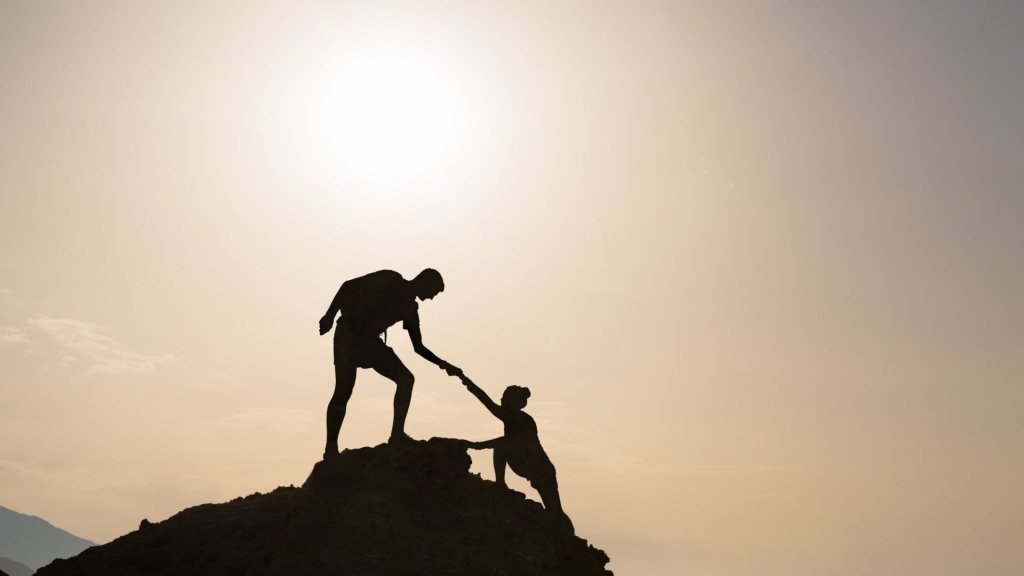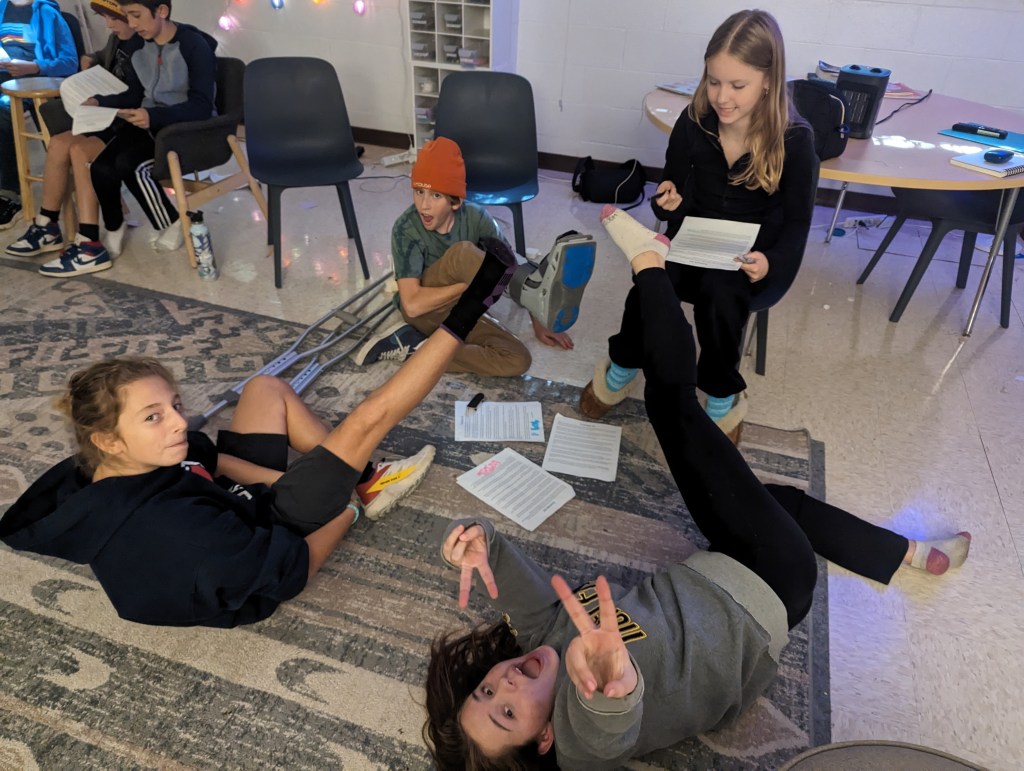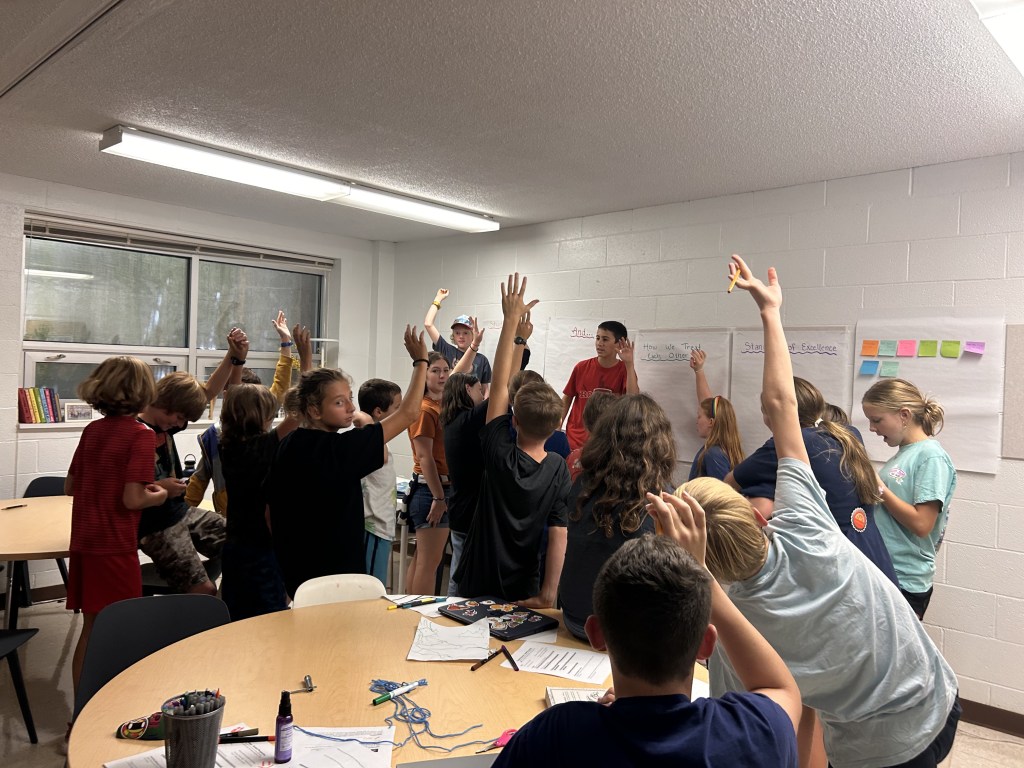Spark Studio
Spark learners will discover and explore the wonders of air and space in Session 6. Learners will learn about astronauts and people who paved the way for future space exploration. Learners will imagine the possibilities of flying and exploring the stars through constellations. We will travel back in time and explore how planets and space originated and virtually visit aviation museums around the world to learn more about its history.
For project time this session, learners will experiment with concepts of light, shadow, and gravity. From designing parachutes to creating their own universe, learners will engage in hands-on projects to discover how humans design aircraft and spacecraft.
Learners will discuss our character trait for the session “perseverance” and examine what that entails. We will highlight different topics and how they can navigate each situation without giving up. Spark learners will conclude the session with a field trip to Parkhurst Park.

Discovery Studio
Get ready to dive into the world of watersheds and discover why they’re vital to our ecosystem. In this session’s project, learners will roll up their sleeves and embark on a hands-on exploration of the Four Mile Run Watershed. Through a series of immersive activities, participants will learn about the crucial role healthy watersheds play in providing ecosystem services. From purifying water to supporting biodiversity, there’s so much to uncover. Armed with newfound knowledge, learners will set out to assess the health of our local watershed. Learners will gather valuable data to answer the burning question: “Is our local watershed healthy?” This session’s project will conclude with learners collaborating to craft a scientific report detailing their findings and recommendations for protecting the watershed.
Simultaneously, learners will participate in this session’s Field Guide Writer’s Workshop, where the power of words meets the wonders of nature. Each participant will choose a species of animal or plant native to the Four Mile Run Watershed to research and write about. From elusive salamanders to majestic oak trees, there’s a world of discovery waiting to be explored. Learners will research and craft entries to exhibit in the Discovery Studio Field Guide.
Learners will see their work come to life as their Reports and Field Guide will be shared with the community through online platforms. Together, let’s inspire change and safeguard the future of the Four Mile Run Watershed.

Adventure Studio
Get ready for an exhilarating start to this session as Adventure Studio gears up for a thrilling two-night camping expedition at Lake Fairfax Campground! The learners have planned the food arrangements based on our studio budget, and are going to be building and setting up their tents at the campsite. This camping trip serves as a celebration of our collective hard work throughout the year and is a great opportunity to keep building our team.
This session’s Project will invite the Adventure Studio to put the finishing touches on our much-anticipated TVS school yearbook! From designing the cover to crafting the pages, every detail will reflect the essence of our memorable journey together.
Lastly, for communications, Adventure Studio will focus on creating their Learning to Live Together presentations.
We are so excited for our exciting adventures this session, and are ready to witness the creativity and teamwork in Adventure Studio!

Health & Wellness
“Life’s most persistent and urgent question is, what are you doing for others?”
Dr. Martin Luther King, Jr.
This session, our learners will focus on what it means to be a servant leader. Servant leadership is a key characteristic of learning to live together, a pillar of our learning model. Each learner will explore what it means to be a servant leader, the qualities and characteristics of a servant leader, and participate in activities that will give them the opportunity to practice servant leadership. The learners will make an impact on their studio, the TVS community, and the community surrounding Madison Manor Park.











